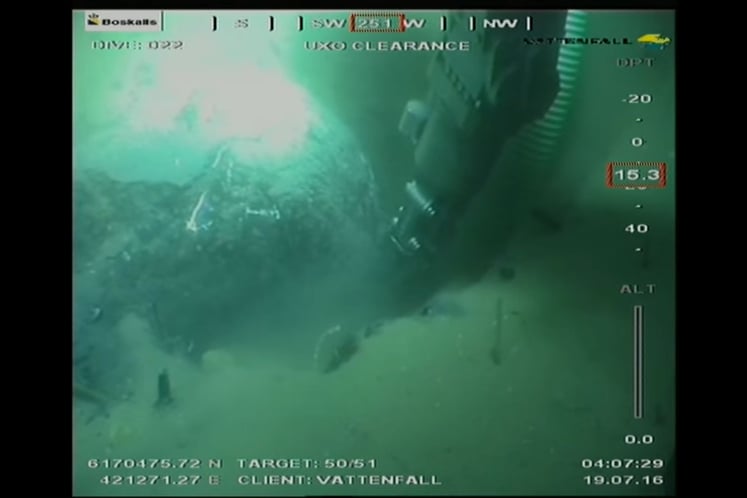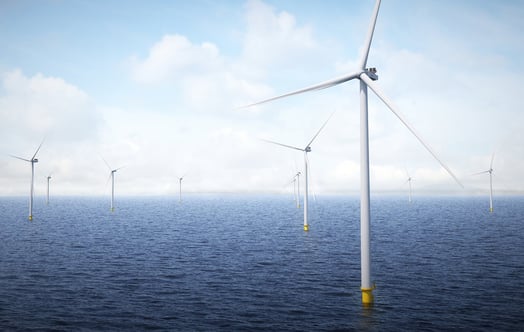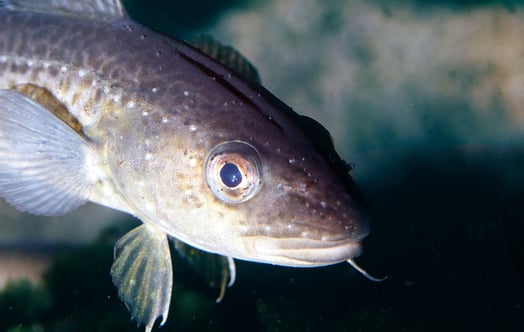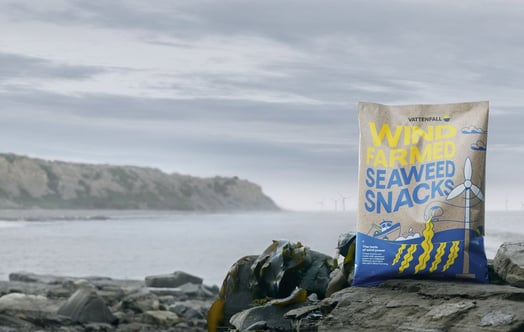"A year's work blown up in 10 milliseconds." That's all it took to detonate a WW2 mine under Denmark's future offshore wind farm Horns Rev 3.
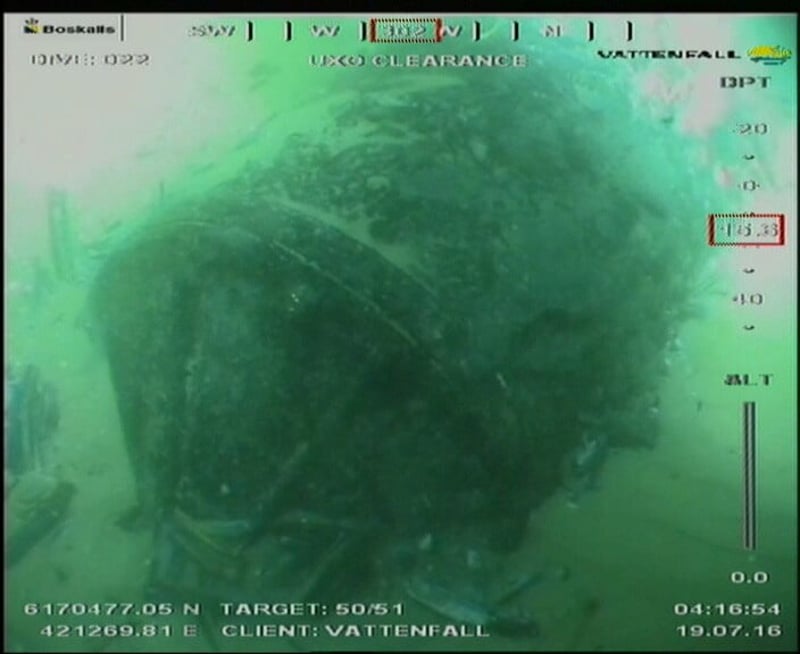
The mine had been identified from a geophysical survey of the specific area, which was conducted in 2015. The data collected was then analysed and compared with the site where Vattenfall planned to install its turbines to ascertain where the mine could pose a risk to the workforce and the equipment to be used.
"I understand that people are fascinated by the explosion, but 99.9% of the work actually takes place before the explosion," says Vattenfall's Senior Geophysicist Arne Rød Lauridsen, who came to Vattenfall a year ago to work on locating mines which were known to lie on the seabed in the vicinity of Horns Rev 3.
Video player requires marketing cookies.
To view this content please click here to allow marketing cookies.
Watch an underwater video of the mine, 223 cm long and 66 cm in diameter
Coordinates in German logs from WW2
"We already knew the minefield existed because it was recorded on nautical charts but in order to obtain more precise information we found the mines' coordinates in German logs from 1944. Using old German nautical charts converted into modern-day GPS coordinates, we established that there were three mines in total. But this is not without challenges, and special equipment is needed to locate them," says Arne.
Two of the mines in the vicinity of Horns Rev 3 were from WW1 and were quite small, and they were removed safely. However, the third mine was a so-called LMB mine from WW2 and had an explosive charge of 700 kg. This required further action. This historical mine was handled by the Naval Staff division of Danish Defence Command (DDC). They sail out in a rubber dinghy from a larger vessel which is leased from Vattenfall. A DDC-diver places the explosive in position and then returns to the boat, and the mine is blown up in a controlled way using a wire and a detonator.
It is estimated that there are around 5,000 to 6,000 WW1 and WW2 mines left in Danish waters, some 70 of the WW2 mines being located in the waters around Horns Rev. Three mines have already been detonated, and Vattenfall has now removed one, so that leaves 66. All of them, however, are outside the area where Vattenfall plans to work on the seabed.
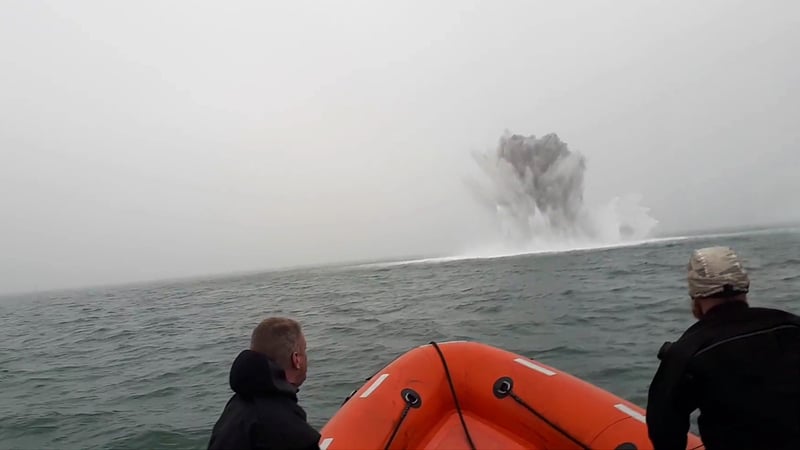
What a mine explosion at sea looks like

